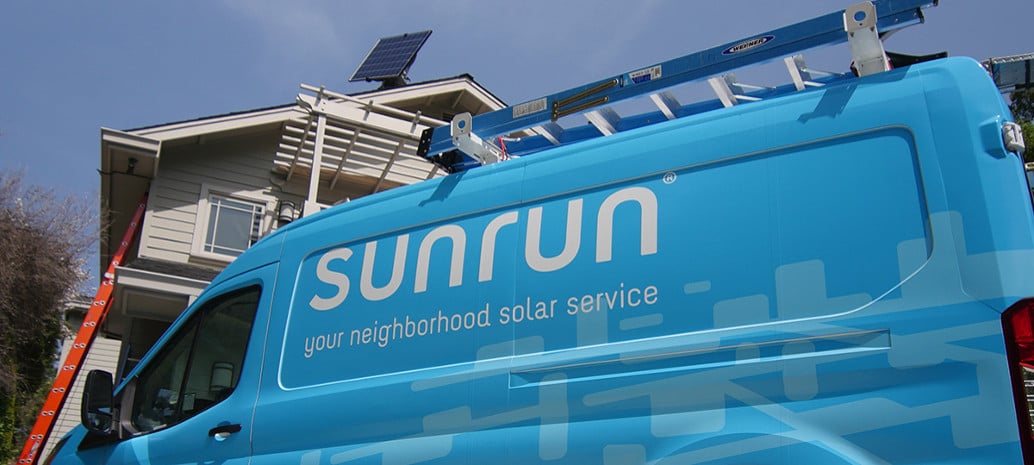It is inherently difficult to assess the results of distributed solar providers that work in the third-party owned business model. Such companies build long-term value at the expense of short-term profits, and the terms used to measure this long-term value are not consistent from company to company.
However, it is clear that Sunrun is growing quickly, as verified by second quarter results released late yesterday. The company reports a 54% year-over-year growth in deployments to 65 MW and a 69% increase in revenue to $122 million, as well as a 21% increase in bookings to 74 MW.
Sunrun bills itself as the “largest dedicated residential solar company” in the United States, which is technically accurate only as SolarCity also works in the commercial and industrial and utility-scale spaces. And while Sunrun has deployed more solar PV in the first two quarters of 2016 than Vivint Solar – which has suffered in the fallout of the failed acquisition by SunEdison – it is still well behind SolarCity in the residential market.
Sunrun also reported a -39% operating margin, which is not unusual for a company with its business model, and $62 million in net income during Q2. However, due to the $97 million of losses being attributed to non controlling interests, the company still managed to return $33 million in income for stockholders.
In terms of long-term value, the company reached 721 MW of solar deployed at the end of the quarter, with $1.72 billion in “estimated retained value”.
Sunrun is slowly shifting away from primarily providing financing for its partner network to doing installation in-house, and the company notes that PV systems which it installed grew 128% year-over-year during the quarter.
This move to more direct installations may be due to cost considerations. Sunrun’s costs for systems deployed in its network, including its installation partners, was $3.67 per watt this quarter. While this is down 11% year-over-year it is roughly $0.50 higher per watt than either SolarCity or Vivint, which were around $3.00 per watt during Q2.
And while fully loaded costs were not given, the installation portion alone of costs for systems which Sunrun installs using in-house teams are $0.53 less per watt, and more in line with SolarCity and Vivint.
In addition to moving to in-house installation, Sunrun also appears to be selling more systems through loan products. During the quarter $77 million of Sunrun’s revenues came from direct sales, as opposed to only $45 million from lease revenue.
For a third-party solar company like Sunrun, financing is critical. The company has reported a number of large capital raises in 2016, and says that it has increased its total finance capacity to meet expected needs through the first quarter of 2017.
Sunrun expects to deploy 72 GW of residential solar during Q3, and 270-280 MW over the full year 2016.
The company’s stock gained substantially following the release of these results.
This content is protected by copyright and may not be reused. If you want to cooperate with us and would like to reuse some of our content, please contact: editors@pv-magazine.com.









By submitting this form you agree to pv magazine using your data for the purposes of publishing your comment.
Your personal data will only be disclosed or otherwise transmitted to third parties for the purposes of spam filtering or if this is necessary for technical maintenance of the website. Any other transfer to third parties will not take place unless this is justified on the basis of applicable data protection regulations or if pv magazine is legally obliged to do so.
You may revoke this consent at any time with effect for the future, in which case your personal data will be deleted immediately. Otherwise, your data will be deleted if pv magazine has processed your request or the purpose of data storage is fulfilled.
Further information on data privacy can be found in our Data Protection Policy.